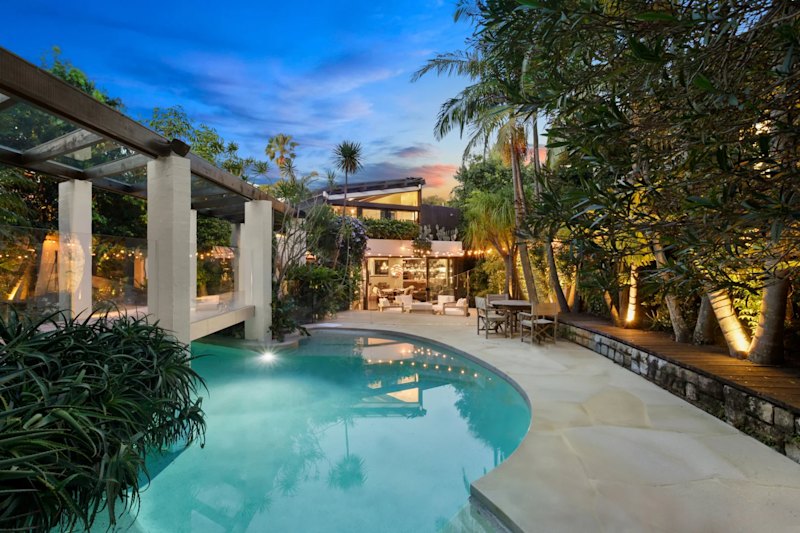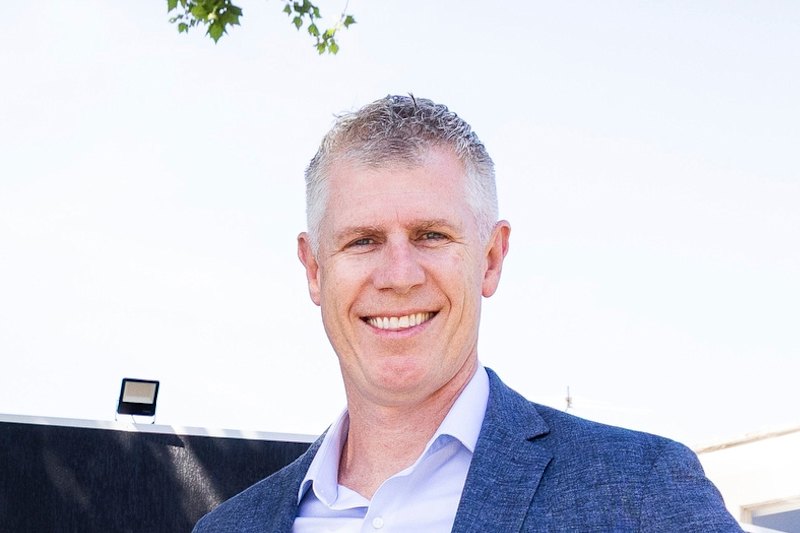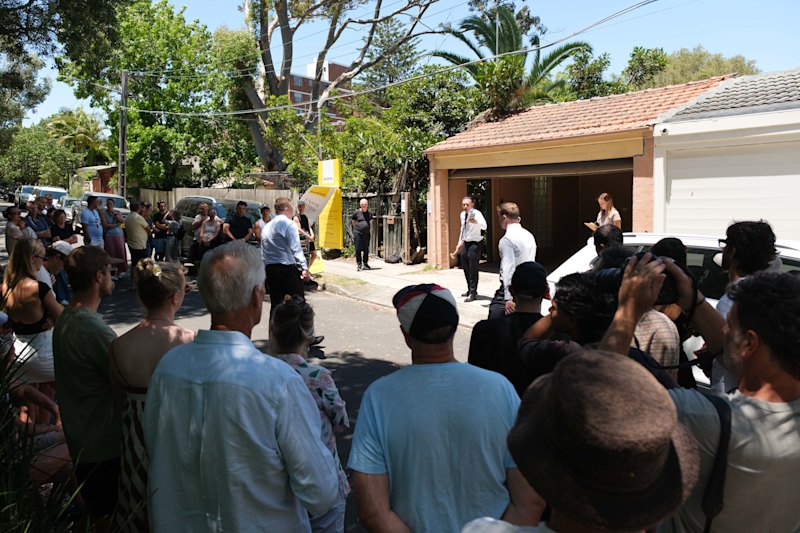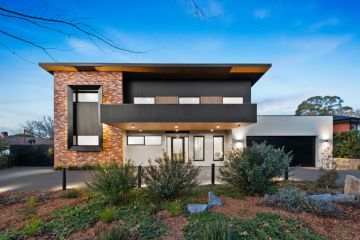Coronavirus bill shock on the way for isolating Australians, made worse by 'not fit for purpose' homes
Australians are being warned their next energy bills could be shockingly high, a problem made worse by the country’s poor efficiency ratings for most homes, experts say.
With most kept at home because of the coronavirus lockdown, energy bills will be higher than usual as residents use lights, heating and appliances throughout the day.
Being stuck at home constantly would show Australians how poorly designed their homes were for the weather, particularly in the cold snap which recently hit most of south-east Australia, University of Adelaide professor Emma Baker said.
“What COVID does is it takes all the problems we had and makes them worse,” she said. “Anyone before COVID who was finding it difficult to meet their heating bills, now that so many more of them have become unemployed, it will be worse.
“We don’t have this view of needing our houses to stay warm because we think this is a hot country.”
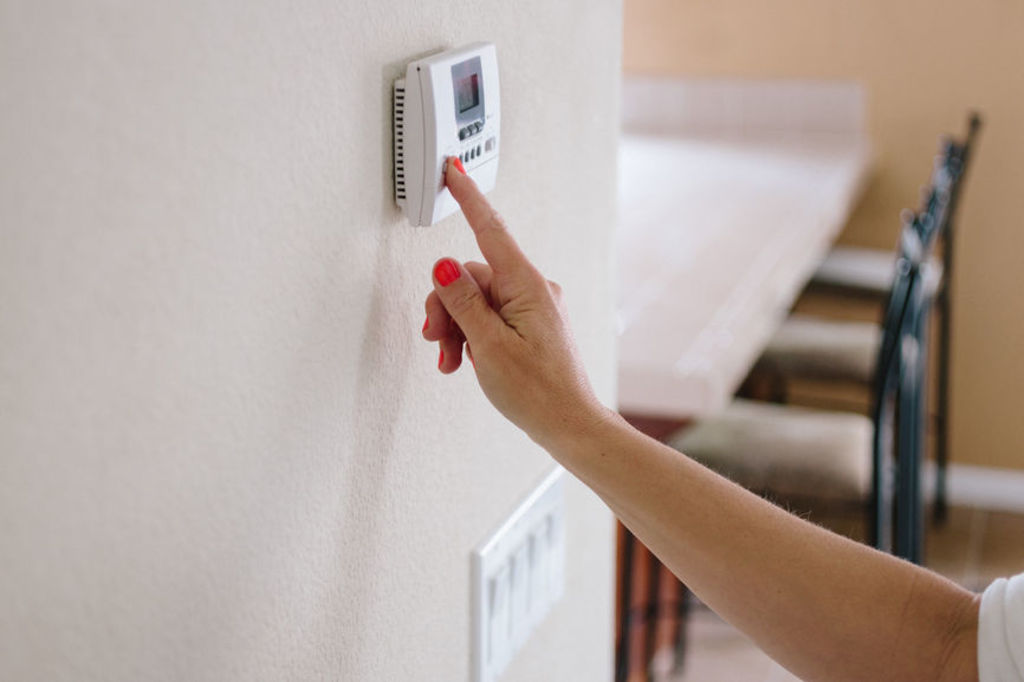
Renew sustainable housing advocate Rob McLeod said the issue of poor thermal efficiency was widespread for warm and cold climates.
“They’re just not built for purpose,” he said. “At the moment, new homes have to be built to at least a six-star standard. But most homes built before 2000 are under two stars.
“We might have minimum standards for builds, but that’s just for 1 per cent of housing stock. It doesn’t cover the 99 per cent.”
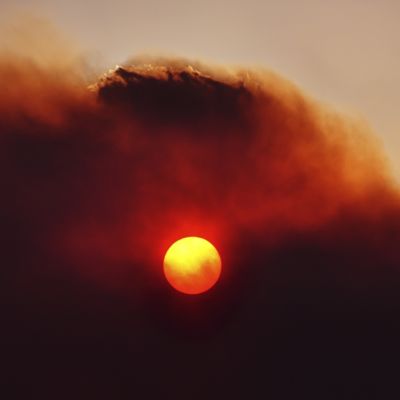 Senate committee finds extreme vulnerability of Australian homes to climate change but experts frustrated at inaction
Senate committee finds extreme vulnerability of Australian homes to climate change but experts frustrated at inaction Minimum energy standards needed for rental properties ahead of climate crisis, experts warn
Minimum energy standards needed for rental properties ahead of climate crisis, experts warn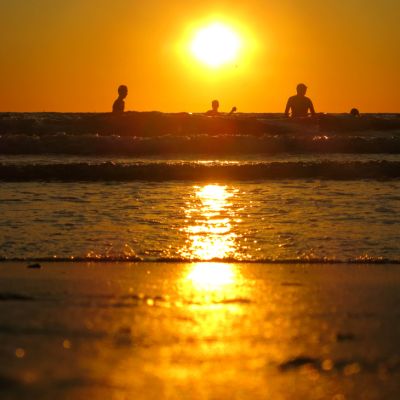 Australia’s homes aren’t built for a hot climate, will perform poorly as temps rise: experts
Australia’s homes aren’t built for a hot climate, will perform poorly as temps rise: experts
A survey by comparison website Finder found 47 per cent of Australians surveyed were worried about their next power bill.
Insights manager Graham Cooke said bill shock was still on the way for most consumers.
“Many Australians get their energy bill quarterly and still haven’t seen the jump that is likely to come following a couple months of lockdown,” he said. “If your interior ceilings, walls and floors feel damp or cold, there is likely not enough insulation and this could be costing you big on your energy bill.”
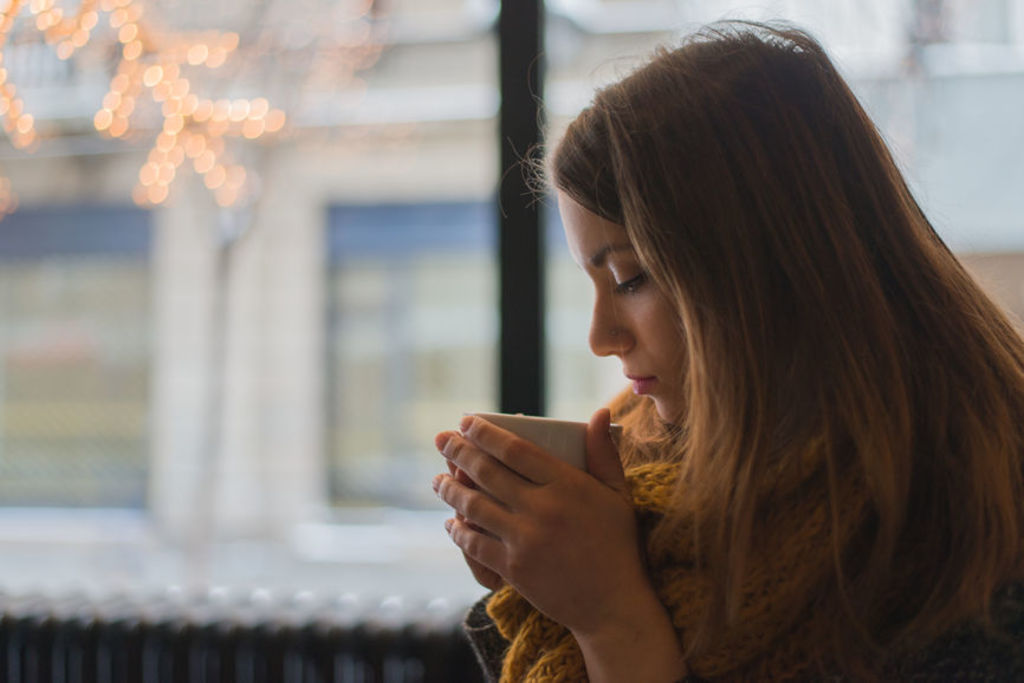
Mr Cooke said getting a better deal on energy could be one way to alleviate the cost pressure.
Mr McLeod said some small fixes around the house would also provide some relief.
“There are some simple things people can do right now – draft sealing, sealing door and window gaps where it’s safe to do so and there are no issues with gas heaters which can make people unsafe,” he said. “Check your home for gaps and holes and seal them, and you can let the sun in during the day and then close curtains and things like that [at night-time] to keep warm air in.”
Professor Baker said it wasn’t just an economic issue, but a health issue too.
“Even before we ended up in lockdown, your chance of dying or being ill from the cold in your house is higher than just about any other country in the world,” she said. “We still largely build houses that don’t keep people warm and often the people who need it the most end up in the colder houses.
“An older person with diabetes on heart medication, their chance of being in a low income is higher.”
Poorer households were most at risk, as were renters, who tended to live in older and worse-built houses than home owners and richer Australians, and often have little control over the thermal efficiency of their homes.
We recommend
States
Capital Cities
Capital Cities - Rentals
Popular Areas
Allhomes
More

